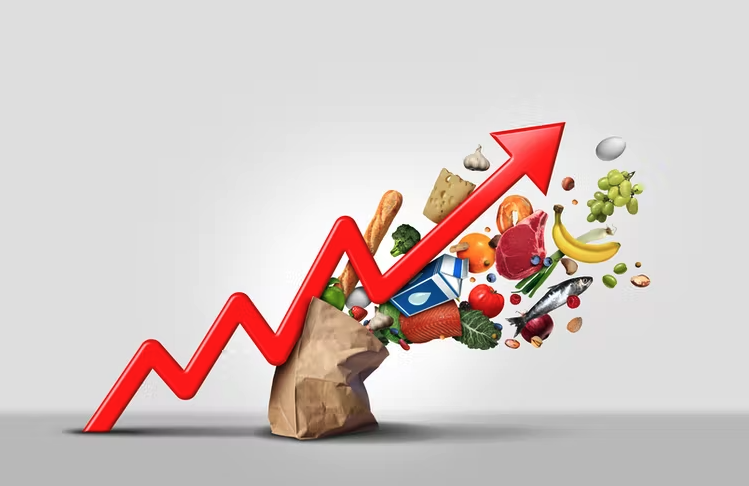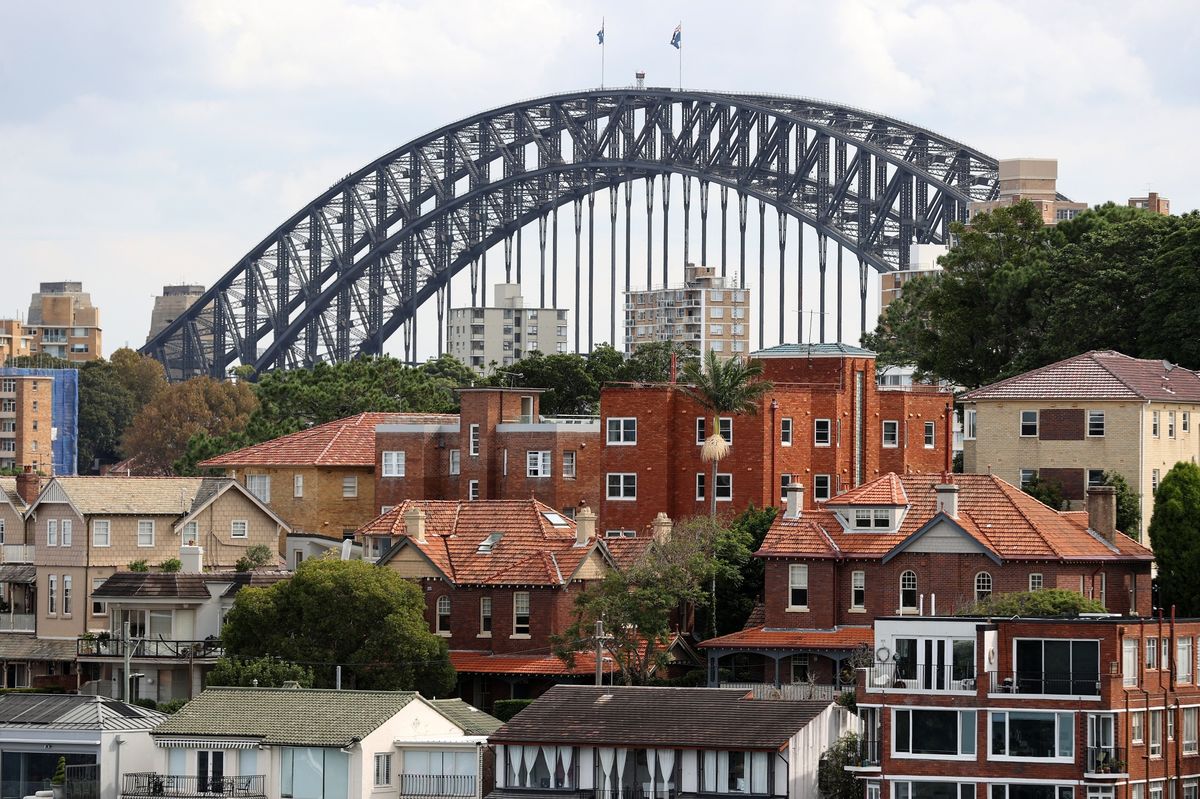At the start of the coronavirus pandemic, there was a lot of speculation around how the property markets would react to the lockdown restrictions, rising unemployment, and the uncertainty of the Australian economy. There were also predictions of a property “crash” with property values declining up to 40%.
A lot of these predictions were being fuelled by economists who did not understand how the real estate industry (which is so people focused) could operate during lock down periods, and social distancing enforcement. However, the industry did end up pivoting during this period and has been brought into the modern world. The Real Estate Industry adjusted to hosting private inspections only, hosting online auctions, and providing virtual tours of properties and this is how the industry was able to thrive regardless of the government measures.
Fast forward to now.
Now we have come out the other side of the pandemic, and have recognised the strength and resilience in the Australian Property Markets. I say “markets” and not market, because there are many different markets around the country which will be impacted by different events.
With rising interest rates, inflation, and a high cost of living, economists are (once again) predicting a property market “crash”.
In order to predict how the property markets will react, it is important to understand what drives Australian property prices?

Forecasting the movement of Australian house prices isn’t as easy as it seems. As mentioned earlier there isn’t just one Australian property market. There also isn’t just Sydney, Melbourne, Brisbane, Adelaide, Perth, etc. In fact, there is a property market in every suburb of every region, of every city in Australia. Investing in Perth’s suburbs can yield vastly different results than in Adelaide’s suburbs. There are even micro suburbs (referred to as ‘micro-burbs’) within these suburbs, which means that certain streets in suburbs might actually perform very differently than the neighbouring streets!
A good example of this could be streets that contain beach front houses which will perform differently and be more expensive then houses on the next street without the beach front. Or houses on a busy thoroughfare as opposed to quiet streets.
The drivers of property prices are based on the economics of supply and demand alongside inflation and can be broadly referred to as income, employment rates, credit availability, and borrowing capacity (which is dependent on the interest rate).
Understanding these concepts will assist in predicting how the property markets will react to any event, but also keeping in mind that the property markets will also organically move in cycles of growth and decline (experts often refer to this organic movement as ‘the property clock’). This is why economists predictions are often wrong- there are so many moving factors to consider.
Another important component of supply and demand of Australian property is population growth. Australian population growth was fairly stagnant during the pandemic. Now, with the international borders open we will start to see the population growth percentage begin to rise.
Interest rates are a hot topic at the moment because the rising interest rates are impacting buyers borrowing capacity but it is a double edged sword because the rising interest rates should be assisting to grow any cash savings.
The largest impact we are facing at the moment is the rising cost of living, which impacts the affordability for buyers, and if they are currently renting, the cost of rents currently increasing so landlords can recoup their interest rate expenses which is putting pressure on the property market. Many renters are becoming increasingly frustrated and are weighing up if it might be more beneficial for them to buy a property rather than pay rising rental costs.

What is benefiting Australian property prices?
The building industry slow down.
The slow-down in new buildings is inhibiting supply. When demand is greater than supply the prices will start to rises. This is being fuelled by the lack of materials, as well as the rising cost of materials is influencing more home owners to wait before they build or renovate. Many builders just can not get their hands on materials quick enough to support their builds which is impacting the market supply. This supports property prices.
International travel.
With international travel opened up to the world, there are more foreign travellers entering the country looking to live, work, or study here which is increasing population growth. Also, foreign investors are entering the Australian property market which is increasing the demand for properties.
Decline in other commodities.
The fall in the global share markets, as well as the crash in Bitcoin is enticing investors to pull out of other forms of investments and to put their money into Australian property- due to the performance and resilience that Australian Property showed throughout the last two years.
Government incentives.
The State Governments have introduced new incentives to help first time home buyers get on the property ladder. Buyers that previously were unable to borrow enough, or save enough deposit are now entering the market. This has increased the demand for property, especially in the lower price points.
If you are looking for a buyer’s agent to assist you with purchasing a home or investment property in the Sydney, Brisbane and Newcastle regions, as well as SA, TAS, ACT, VIC, NSW & QLD please get in touch with Lloyd Edge and his team at Aus Property Professionals here or give us a call on 1800 146 837!

